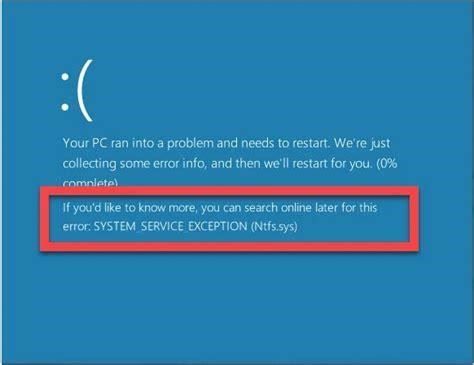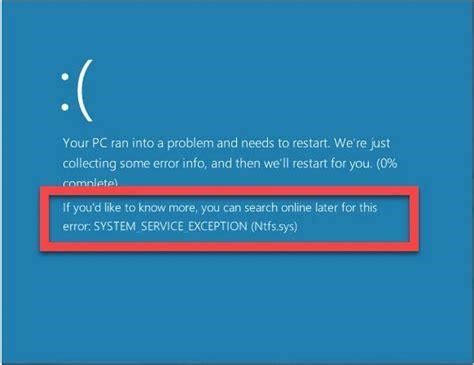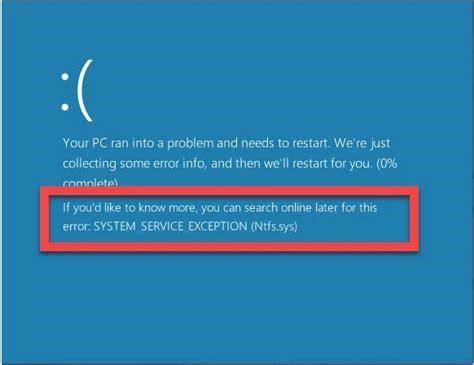Boost Your Windows 10 Network Speed By Optimizing Connection Priority
Slow internet is one of the most frustrating tech issues around. You wait ages for webpages to load or for files to download, wondering why your Wi-Fi or ethernet seems sluggish. Often, the problem lies not with your network hardware or ISP speeds, but rather how Windows prioritizes connections.
The operating system juggles multiple network adapters at once. It defaults to organizing them alphabetically or by lowest metric value. This auto-configuration doesn’t always match real-world usage, resulting in a mismanaged queue that bogs down bandwidth.
Luckily, re-ordering the pecking order is straightforward. We’ll demonstrate how to check current settings and then manually assign priority so your most vital networking components get top billing.
3 Ways To View Your Network Adapter Hierarchy
Before adjusting Windows network priority, it helps to understand your existing setup. There are a few quick ways to check the current connection sequence.
What is the default connection order in Windows 10?
The default is Wi-Fi, Ethernet, and then Remote Access. The Network Connections service manages objects in the Network and Dial-Up Connections folder, in which you can view both local area network and remote connections. Using the Up and Down arrows, you can change their order, and set it according to your priority.
How does Windows prioritize network adapters?
Taking these factors into account, Windows assigns a metric to each network adapter. The lower the metric number, the higher its priority. Prioritizing network adapters is useful, especially in scenarios where you find multiple adapters connected to the same network.
Use The Control Panel
The Control Panel offers an intuitive graphical interface for assessing adapter order. Simply:
- Open Settings via the Windows key or Start menu.
- ClickNetwork & Internet>Status.
- SelectChange adapter optionson the right.
A new window appears displaying all available network connections top-to-bottom based on priority.
PowerShell Get-NetIPInterface
For those comfortable on the command line, PowerShell provides details via theGet-NetIPInterfacecmdlet:
Get-NetIPInterfaceThe output lists index numbers, connection names, and metrics. Lower metrics have higher precedence.
Check Routing Table With Netstat
Lastly, thenetstattool reveals priority through routing metrics:
netstat -rnScan the resultant table for the lowest values per interface. Again, smaller is better in terms of network queue.
Optimize Adapter Order With Control Panel
Now that we know how to check Windows network priority, it’s time to optimize. The Control Panel offers an easy way to reorder adapters for better performance:
How to give priority to a network connection Windows 10?
1. Press the Windows Key + X and select Network Connections from the menu. 2. Press the ALT key, click Advanced and then Advanced Settings. 3. Select the network connection and click the arrows to give priority to the network connection. 4. Click Ok when you are done organizing the priority of the network connection.
How to configure network & Internet settings in Windows 11?
You can easily reach Network and Internet Settings by opening and then clicking on the Network & Internet tab from the left panel. Network & Internet Settings in Windows 11 has the following option for you to configure your system and make it work the way you want. Let us talk about each of them in detail. Let us start with the first option, Wi-Fi.
- Access Network Connections under Control Panel as outlined above.
- Identify the adapter you want to prioritize.
- ClickAdvanced Settingson the menu ribbon.
- Use the arrows to drag your desired adapter to the top.
- ClickOKto apply changes.
This manual shifting of network cards forces Windows to reallocate bandwidth in the desired hierarchy.
Use PowerShell To Set Interface Metrics
For more granular control, PowerShell provides direct modification of interface metrics.
To elevate a connection, locate its index viaGet-NetIPInterfacethen assign a lower metric like so:
Set-NetIPInterface -InterfaceIndex 21 -InterfaceMetric 10To downgrade priority, give a higher metric value. Be sure to enableAutomatic Metricfor normal auto-configuration:
Set-NetIPInterface -InterfaceIndex 21 -AutomaticMetric EnabledChange Metrics Through Advanced Protocol Settings
Individual network adapters also provide advanced metric options:
- Access Network Connections in the Control Panel.
- Right-click your desired adapter and chooseProperties.
- Select eitherInternet Protocol Version 4 (TCP/IPv4)orVersion 6 (TCP/IPv6).
- Click thePropertiesbutton.
- Navigate to theAdvancedtab.
- UncheckAutomatic Metricand assign a new value.
Again, lower means higher precedence. Don’t forget to re-enable automatic if needed.
How do I prioritize a wireless network?
For example, the interface name here is “Wi-Fi” and the network we’ve chosen to prioritize is “Remora”. To prioritize a wireless network, run the following command, replacing “wifi-name” with the name of the Wi-Fi network, “interface-name” with the name of the Wi-Fi interface, and “#” with the priority number you want to place the Wi-Fi network at.
What are network adapter priorities?
Network adapter priorities are used by the Windows 11 device to determine the network adapter that is used to establish network and Internet connections.
How do I tell Windows 10 to always connect to WiFi?
If you’re in a similar situation, here is how you can tell Windows 10 to always connect to the internet over the Ethernet network when it’s available and only switch to a WiFi network when the cable is disconnected. This will work in Windows 7, 8, 8.1, and 10. Go to Control Panel and click on Change adapter settings on the left.
Wrapping Up
With the right Windows network priority settings, you can optimize bandwidth allocation to favorites like gaming systems or video conferencing. We recommend tweaking metrics incrementally to find the best balance. Be sure to test web browsing and streaming after each adjustment.
For more Windows how-tos and optimization tricks, stay tuned! We aim to make tech more accessible for all skill levels, one helpful guide at a time. What topics would you like to see covered in the future? Let us know in the comments below!
References
- https://www.windowscentral.com/how-change-priority-order-network-adapters-windows-10
- https://download4.epson.biz/sec_pubs/tips/Tips_Printer_1/en/GUID-0CF7FB89-0465-419D-B48F-65FAE7F65576.htm
What is network priority in Windows 10?
Network priority refers to the use of a specific network over others, while more than one is available. Network priority defines a backup network to use if the one with the highest preference is unavailable. By default, Windows assigns priority to a network connected through Wi-Fi, as well as the network adapters on the machine.
How do I know if a network adapter has a higher connection priority?
Network adapters with a lower metric value will have a higher connection priority over network adapters with a higher metric value. 2 Press the Win + R keys to open Run, type ncpa.cpl into Run, and click/tap on OK to open Network Connections.
How to change network adapter priority on Windows 11?
The Interface metric value defines the priority of the adapter. Change it to the desired priority and select OK to complete the process. The guide walks you through the steps of changing network adapter priorities on Windows 11. These determine which adapter the OS uses for connections.




